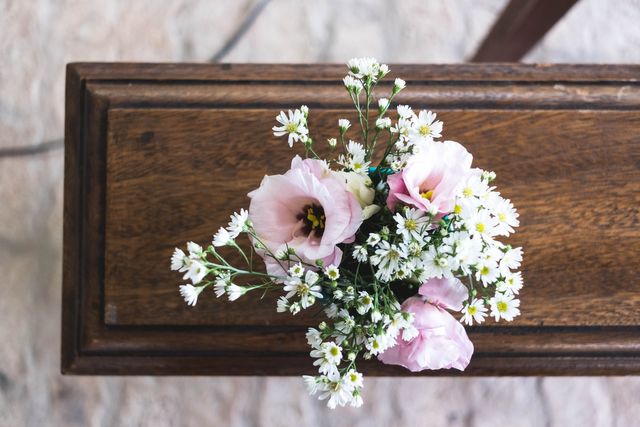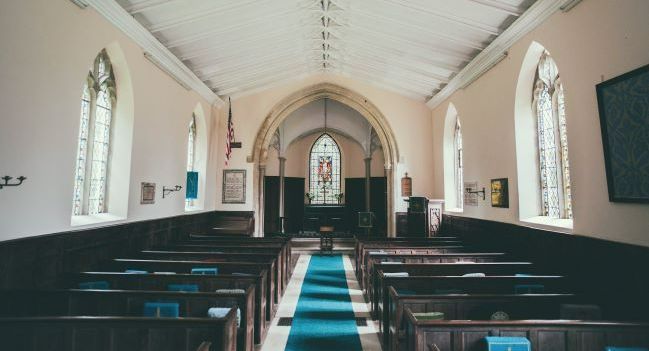Thinking about organising a funeral without a funeral director?
It will take you more time but it could save you money. It could also help you personalise the funeral for the person who has passed away. We’ve put together this info to help you decide whether DIY funeral arrangements are the best option for you. And if so, how to get started.
Do you have to use a funeral director?
No, you don’t have to use a funeral director. Anyone can organise a funeral themselves in the UK. But there are some legal requirements you need to follow.
You’ll need to:
Get a medical certificate
You’ll need to get in touch with your local hospital or a doctor to give you this. It explains the cause of death, unless the doctor needs to pass this onto a coroner. If this happens, and the coroner needs to carry out a post-mortem make sure you communicate the religious beliefs of the person who died. You can’t stop a post-mortem but you can make sure your beliefs are respected. You’ll be able to register the death once the coroner passes on the death certificate to your local registry office.
Important: If you’re organising a cremation then you’ll need to get additional medical certificates from the doctor at this stage. It’s also a good idea to get several copies of all certificates – being organised will help to take the stress out of arranging the funeral yourself.
Register the death
Once you have the medical certificate, you must register the death. This must be done within 5 days of the death (8 days if you’re in Scotland) unless a post-mortem is carried out.
Find your local registry office and make an appointment online. Take the medical certificate with you and the registrar will take you through the process. Afterwards you’ll be given a certificate for burial or a cremation certificate.
Important: Don’t set a final date for the burial or cremation until you’ve registered the death. This is because if a post-mortem is needed, you’ll usually have to wait a bit longer before you can have the funeral.
Organising a burial or cremation
Organising a burial
If you’re planning on a burial you’ll need to find out who the owner of the cemetery is so that you can make the arrangements and get costs. This could be your local authority or it could be privately owned.
Either way, you’ll need the certificate for burial. You’ll also need to check whether there are any rules about what you can do with the burial plot, for example, are there any limits on which types of headstone can be used?
If you’d like the burial plot to be on private land (such as a garden) you’ll need to get more legal advice. This is because the burial may need to be added to the property’s deeds. You may even need planning permission. It’s best to speak to a solicitor to make sure.
Organising a cremation
If you choose to organise a cremation you’ll need to fill out an application for cremation to give to the crematorium. You’ll also need to give them the medical certificate and the cremation certificate that you were given at the registry office. The crematorium should help you with any forms you need to fill out.
Important: You’ll need to let the crematorium know if the person who died had any surgical implants such as a pacemaker or defibrillator. This could be a health and safety risk during the cremation.
Organising a funeral yourself
What else do you need to think about?
Now that you know the legal rules, there are several other things you’ll need to think about if you’re making DIY funeral arrangements.
You’ll need to look after the body. If the person died in hospital the staff can usually take care of them temporarily. But if the person died at home, you’ll need to take care of them yourself, keeping the body cool. You may want to pay for a chapel of rest – the body can be kept here and family can visit if that’s what you’d like.
Choose a coffin. Keep in mind that you may need to get a particular type of coffin depending on whether you decide on a burial or a cremation. Ask the burial authority or the crematorium which type of coffin is best.
Decide how to transport the body without a funeral director. You’ll need to collect the person who died, place them in the coffin, and transport them to either the burial plot or the crematorium. You don’t need to use a hearse but the vehicle should be large enough for you to get the body/coffin in and out easily.
Plan the funeral service. You don’t have to hold a funeral service. However, if you’d like to organise one, you’ll need to:
- Book a date with the venue
- Plan what will happen during the service
- Find and book someone to officiate the service
- Invite guests
- Organise transport
There’s also a wide range of other things you might want to include in the service, such as flowers, music and an order of service.
For a more detailed look at planning the service, read our guide on how to arrange a funeral.
Get more help with organising a funeral
Remember – if you decide that arranging a funeral yourself is too much, you can get a funeral director to help. You can find a funeral director near you and compare funeral costs with our directory.
Photo by Mayron Oliveira on Unsplash.





